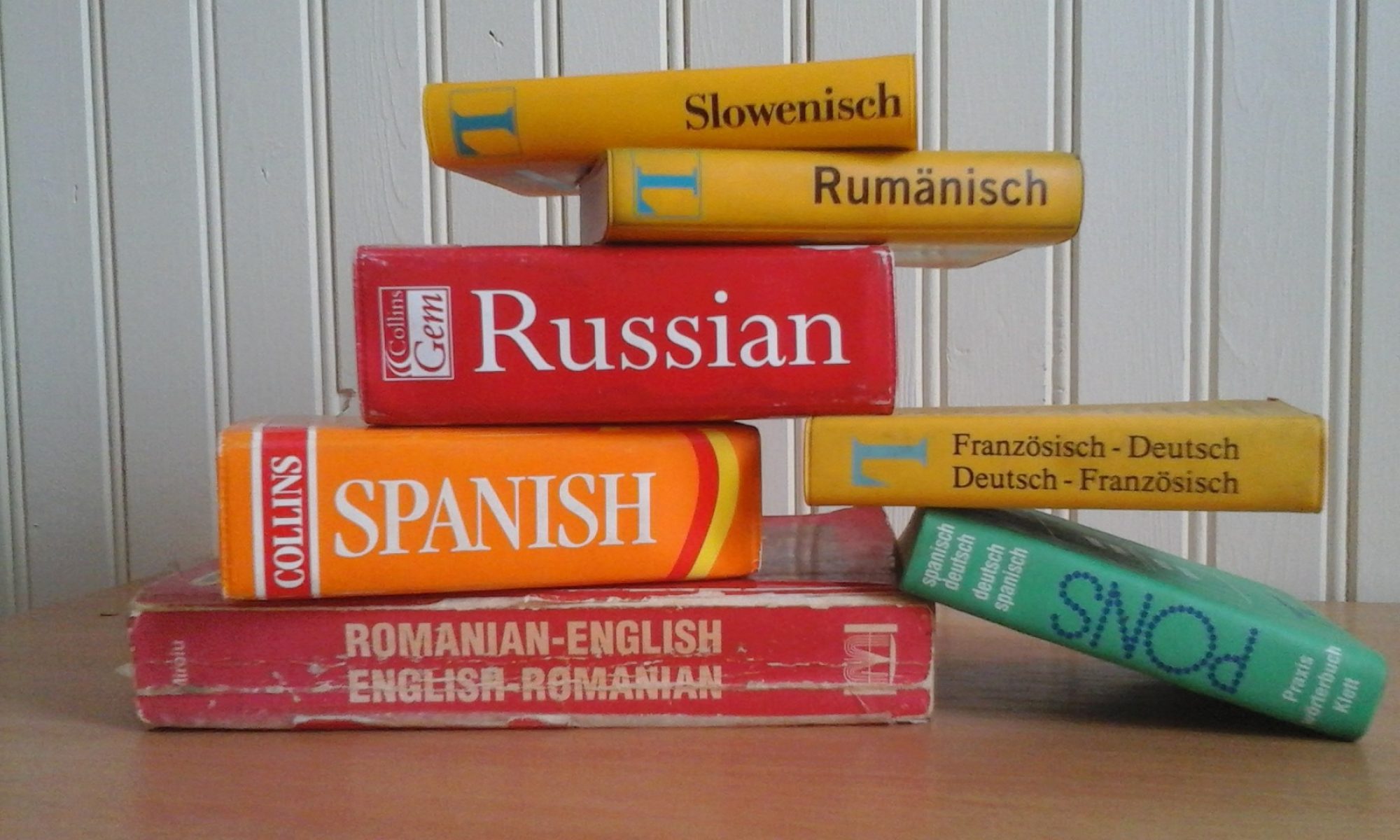The Chicken Crossing
Gamblers often rely on intuition when placing bets, but there’s a fascinating strategy that can be applied to slot machines: The Chicken Crossing. This concept is rooted in game theory and probability, and it involves making decisions based on the machine’s recent performance. In this article, we’ll delve into the world of The Chicken Crossing, exploring its principles, strategies, and potential applications.
Understanding The Chicken Crossing
The chickenroad2.net Chicken Crossing is a strategy developed by mathematician and statistician Blaise Pascal in the 17th century. However, it was popularized in the context of slot machines by author and gambler David Schwartz in his book "The Dragon Book." The concept revolves around analyzing the machine’s performance to determine when it’s "due" for a win.
At its core, The Chicken Crossing is based on the idea that slot machines have an inherent memory, influencing their payout patterns. This notion is rooted in the observation of many gamblers who swear by the presence of a so-called "hot streak." By tracking the machine’s past performance, players can supposedly identify when it’s about to enter a hot period.
Key Principles
To apply The Chicken Crossing effectively, you need to understand its fundamental principles:
- Machine Memory : This concept suggests that slot machines retain some form of memory, influencing their payout patterns.
- Probability Distribution : By analyzing the machine’s performance, players can estimate the probability distribution of future wins and losses.
- Pattern Recognition : Gamblers look for recurring patterns in the machine’s behavior to identify when it’s about to enter a hot streak.
The Chicken Crossing Formula
While there’s no single, universally accepted formula for The Chicken Crossing, many gamblers use variations of the following approach:
- Track Recent Wins : Record the number and frequency of recent wins on the machine.
- Calculate Probability : Estimate the probability distribution of future wins based on the machine’s past performance.
- Set Thresholds : Establish thresholds for when to switch machines or increase bets.
Applying The Chicken Crossing
To apply The Chicken Crossing effectively, follow these steps:
- Choose a Machine : Select a slot machine with an established reputation for hot streaks.
- Track Performance : Record the machine’s performance over time, including wins and losses.
- Analyze Patterns : Identify recurring patterns in the machine’s behavior to estimate when it’s about to enter a hot period.
- Adjust Your Strategy : Based on your analysis, adjust your betting strategy to maximize potential gains.
Example Scenarios
Let’s consider two example scenarios:
- Hot Streak : You’ve been tracking a machine with a high win rate over the past hour. According to The Chicken Crossing, this machine is about to enter a hot streak. You increase your bets and continue playing.
- Cold Streak : Conversely, you’ve noticed a decline in wins on a particular machine over several sessions. Based on The Chicken Crossing, you switch machines or reduce your bets to minimize potential losses.
Potential Pitfalls
While The Chicken Crossing can be an effective strategy, it’s essential to acknowledge the following limitations:
- Randomness : Slot machines are inherently random, and hot streaks are not guaranteed.
- Pattern Recognition Bias : Gamblers may misinterpret patterns or overemphasize their significance.
Real-Life Applications
The Chicken Crossing has been applied in various settings beyond slot machines:
- Finance : Investors use similar strategies to analyze market trends and predict future performance.
- Sports Betting : Bookmakers employ advanced statistical models to identify hot streaks and adjust odds accordingly.
- Business Decision-Making : Companies often rely on historical data analysis to inform business decisions.
Conclusion
The Chicken Crossing is a fascinating strategy that can be applied to slot machines, leveraging game theory and probability principles. By understanding its core concepts, gamblers can make more informed decisions when placing bets. While it’s essential to acknowledge the limitations of this approach, The Chicken Crossing offers valuable insights into the world of slot machine gaming.
Further Reading
For those interested in exploring The Chicken Crossing further, consider the following resources:
- The Dragon Book : David Schwartz’s comprehensive guide to slot machine strategy and mathematics.
- Game Theory: Strategies for Conflict Resolution : A textbook covering game theory principles, including their applications in finance and decision-making.
Final Thoughts
As with any strategy, it’s crucial to approach The Chicken Crossing with a clear understanding of its limitations. By combining this concept with other proven strategies, such as bankroll management and emotional control, gamblers can increase their chances of success in the world of slot machines.
